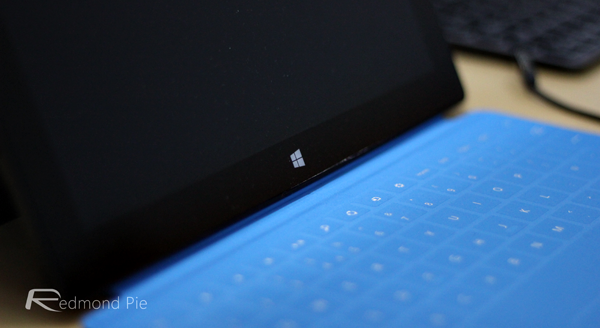It’s immediately apparent, when checking out the new features of the Windows 8.1 Update 1, that Microsoft is pandering to the large faction of users still running a traditional desktop PC rig. From tweaking the way that the search and power options are accessed to ensuring that Windows Store apps play nicer with the keyboard and mouse, there’s no doubt that today’s announcement at BUILD 2014 was aimed squarely at the traditionalists. Following the announcement of the new Windows 8.1 Update 1, Microsoft’s Terry Myerson also took the opportunity to showcase how Windows 8.1 will eventually offer users the chance to roll back the clock with the return of the traditional Start Menu.
As you can see from the accompanying screenshot, it’s obvious that elements of Windows 7 and Windows 8 have been combined to create something of a middle-ground. The functionality and general construction of the UI points the desktop that Microsoft has been pushing since the nineties, but in retaining a place for the tiles as well, users aren’t completely left behind from changes being made in line with the touch-based future of digital hardware.
Whenever a major piece of software is altered, there’s always an outcry, for more often than not, people don’t like change. Facebook has revamped every year or two since its inception, but despite the whiny protests of millions, it still continues to evolve. Microsoft’s implementation of Windows 8, however, has been a true exception to the rule, and the fact that the company continues to play around with the desktop ideal – one that it was only too happy to wash its hands of just a couple of years back – is a testament to that fact.
Windows 8 desktop users have continued to rebel over the past couple of years, and Myerson’s announcement just goes to show that, if enough people loathe a feature enough to remonstrate with the powers that be, the desired result can be reached. This emergence of what is now quickly becoming a Windows 7-ified flavor of Windows 8 will be celebrated as a great victory for desktop users, and even though Microsoft is responsible for the development of Windows, it is the user base – not the company – that ultimately has the last word on its fate.
Unfortunately, it is currently unknown precisely when this feature will be roll out to the end user, but as and when this information comes to light, we’ll have it covered right here!
You may also like to check out:
You can follow us on Twitter, add us to your circle on Google+ or like our Facebook page to keep yourself updated on all the latest from Microsoft, Google, Apple and the Web.



